If you’re like most people, the thought of proposing marriage to your partner can be pretty scary. Will they say yes? What if I mess up? How do I even propose? The truth is that wedding proposals can be one of the most exciting things in life and one of the scariest. There are a few things you’ll have to avoid to make it work.
If you’ve been thinking about popping the question, make sure you follow these dos and don’ts for a special proposal experience. This guide covers everything from what kind of ring to buy, where you should go on a proposal trip, and how much money you should spend on an engagement ring. Let’s get started!
Dos of Marriage Proposal
Make Sure You’re on the Same Page
Before you pop the question, make sure you and your partner are on the same page about getting married. Marriage is a big commitment, and it’s important to be sure that both of you are ready for it. Talk to your partner about the future and let them know that you’d like to get married one day and ask if they see marriage in the future.
If you feel nervous about making this conversation look like a proposal, try to keep [it broad by discussing your best friend’s recent engagement. Yes, it’s a hard discussion, but hopefully, you’ll come out of it with an idea of what your partner will say when you open the ring box.
Buy the Bauble
There is no need to go overboard when picking out an engagement ring. Keep in mind your partner’s taste and stick with a style that you know they’ll love. Diamonds are always a safe bet, but if your partner isn’t into bling, there are plenty of other gems to choose from.

Image credit: https://static01.nyt.com/
The engagement ring is a piece of jewelry that your fiancé to be will wear every day for the rest of their lives. So, snap photos of the jewelry they wear daily. You can take a peek at their Pinterest Boards, ask a family friend or a family member to help you narrow it down.
After that, find the ring size and if possible, go ahead and ask. If you’re going the surprise route, make sure you check your partner’s jewelry.
Store Your Engagement Ring
Nothing ruins spontaneity faster than your partner seeing the bulge of a ring box from your pocket. In that case, keep the ring box safe and concealed up until the big moment by choosing pants and jackets with deep pockets with no holes.

Image credit: https://www.diamondwish.com/
Propose for Your Partner and Not to Him or Her
The traditional phrase is to propose to your significant other. However, if you think of it more as proposing for them, you’re more likely to plan a true dream proposal. Think of your love’s favorite and incorporate those in your proposal.
Plan for a Celebration
No matter how your partner says yes, you’re going to want to celebrate. Whether that means booking a table at your favorite restaurant or planning a weekend away, make sure you have something special lined up to mark the occasion. You don’t need to plan a full-on engagement party but ensure the two of you will celebrate the best moment.

Image credit: https://upload.wikimedia.org/
Get Personal
Now that you have a ring plan for the proposal. Think about the type of proposal your partner will love, whether it’s a grand gesture, an intimate moment, or a surprise surrounded by family and friends. Make sure you find a cool place that will easily glamorize the set mood. If it’s your cozy living room, deck it out with tons of candles to change the feel of the space. Learn how to decorate a room as you prepare for the big moment.
Chat with Their Parents
If your partner’s parents are still alive, notify them of your intentions before popping the question. You don’t need their approval, but it’s a respectful thing to do and can make for an even more special moment when they’re present to witness the marriage proposal.
Have a Backup Plan
If your partner says no, you don’t want the evening to be a total bust. Have a plan B ready to go that will still make for an unforgettable night. As you brainstorm for your backup plan, choose a few indoor spaces like her favorite museum or the place where you had your first date and in your back pocket should Mother Nature prove uncooperative. In addition, know what to do in case of traffic or if she arrives later or earlier than expected.
Do Make it Meaningful
This is the time you need to get sentimental. Think about the noteworthy moments in your relationship. Take your sweetheart to where you first met, kissed, and said I love you. You can share your favorite restaurant, view, stroll, book, and movie. Be creative with these details to make a special day even more so.
Donts of Marriage Proposal
Don’t Propose When Your Partner is Preoccupied
Proposing marriage is a big deal and should not be done when your partner is preoccupied with something else. If she’s in the middle of a work crisis, for example, propose after the situation has been resolved. Even if you’re eager to get down on one knee, you can’t do it if your partner isn’t in high spirits.
Don’t Tell Everyone
It’s okay to tell your family and friends but not everyone, but it shouldn’t be announced on social media. Avoid giving away the surprise by telling everyone you are planning a big day out with her. Your wedding proposal should remain a surprise. Hold off on sharing the news with absolutely everyone.
Don’t Do Without a Ring
You don’t have to spend a fortune on an engagement ring, but it should be something special. A wedding proposal without an engagement is a huge no. It might seem silly, but without a ring, the engagement might not feel real.
Don’t Rush
Make sure you’re ready to get married before you propose, or there will be regrets later on. You don’t want to regret taking that step, either because her answer wasn’t what you hoped for or it was too fast, and you weren’t ready yet. If you’re not ready and still on the fence, wait a little longer before getting down on one knee.
Don’t Propose in Front of an Audience
A private proposal is better unless she’s someone who doesn’t mind being the center of attention. If you’re planning on getting down on one knee in front of her family or friends, make sure everyone is invited.

Image credit: https://thetempest.co/
Don’t be a Copycat
You can make your long-awaited run as smoothly as possible, but that doesn’t mean you have to copy your proposal planner, that’s not the best idea. Try to personalize your marriage proposal and plan it with your partner in mind. Don’t model to match someone else’s great idea.
Don’t Be Too Much of a Daredevil
Don’t do anything that might put you or the person you are proposing to in harm’s way. Proposals at a baseball game or theme park are cute ideas but take into account where you’ll be and what could happen if things go wrong. When choosing a place for your marriage proposal, stick to dry land and try not to do it on a blustery day, so your bling stays firmly in its box.
Don’t Wing it
While you don’t have to know exactly what you’ll say when you pop the question, make sure you have a plan. Do a little drafting to make sure you’re confident when the time comes. This will make you deliver a romantic speech.
Final Thought about Marriage Proposal Dos and Donts
There you go, marriage proposals dos and don’ts. Make yours memorable by doing something you know your partner will love. Don’t do anything too extravagant or unconventional, but make it yours and not a carbon copy of any other proposal she’s ever seen. The most important thing is to take a deep breath and go for it.
The post How to Propose: Marriage Proposal Dos and Donts appeared first on Kitchen Infinity.
Did you miss our previous article…
https://www.thelavkitchen.com/?p=545
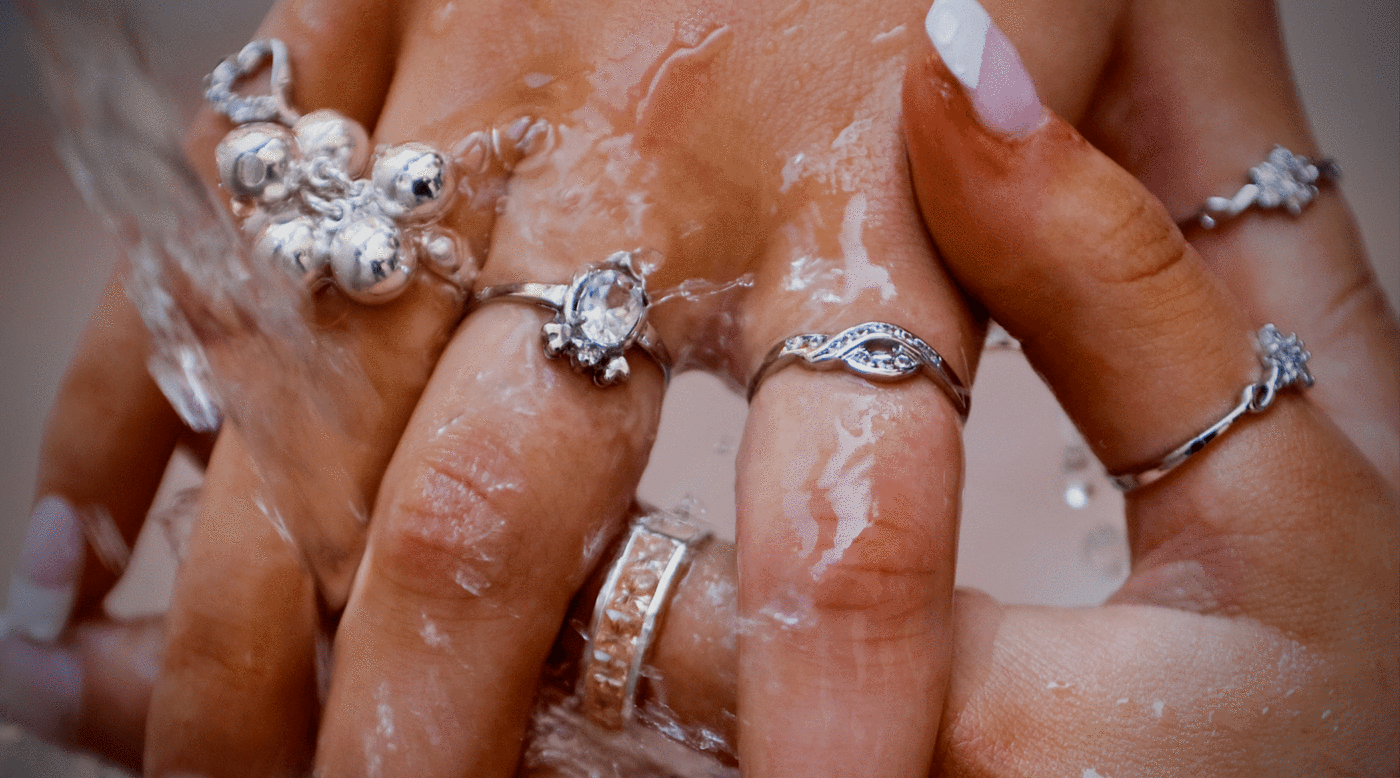
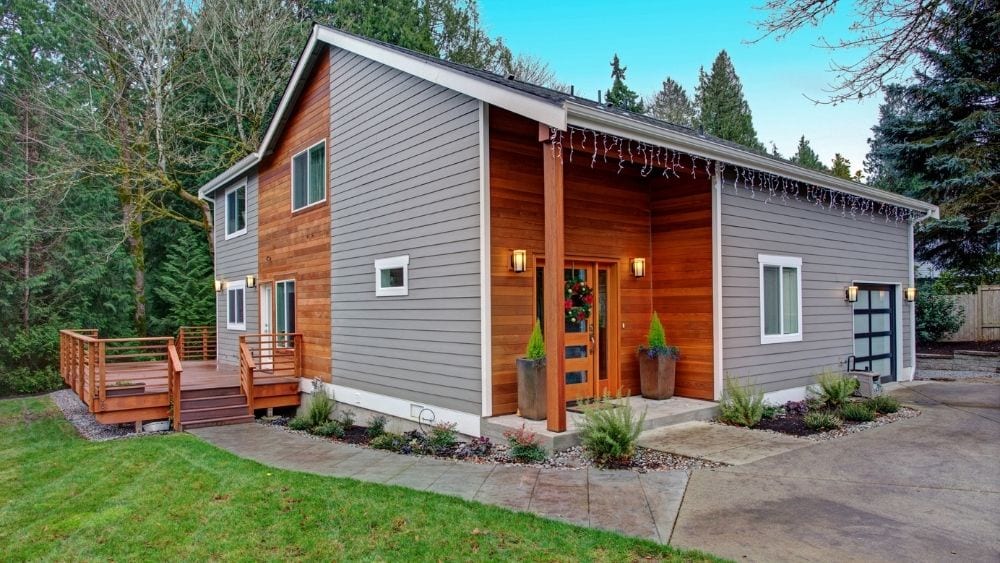


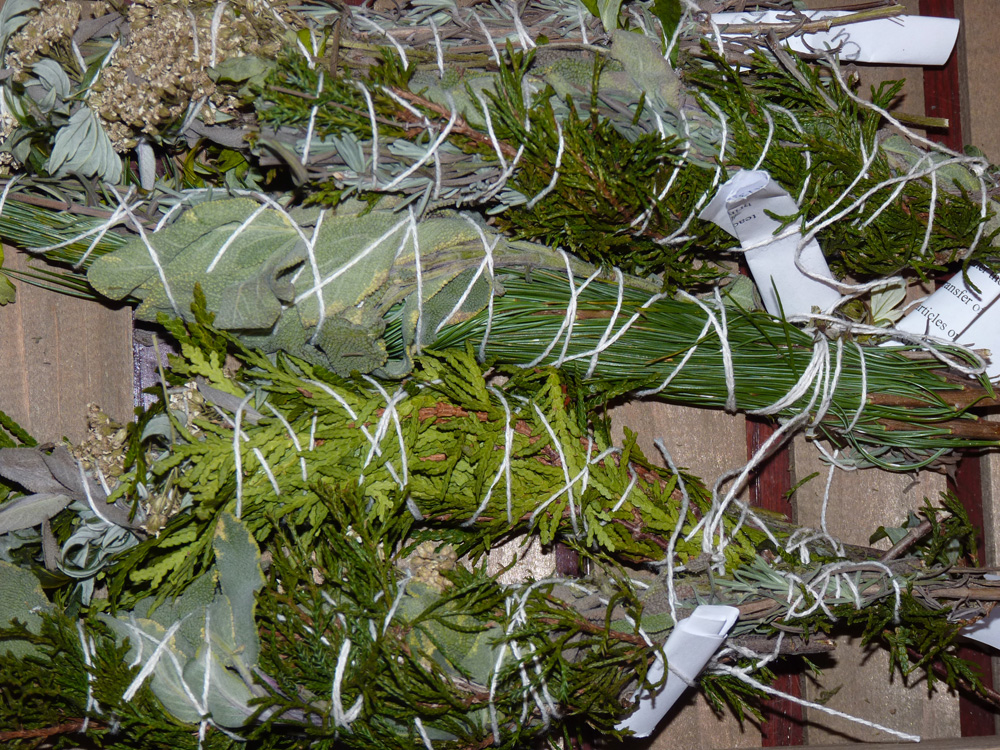
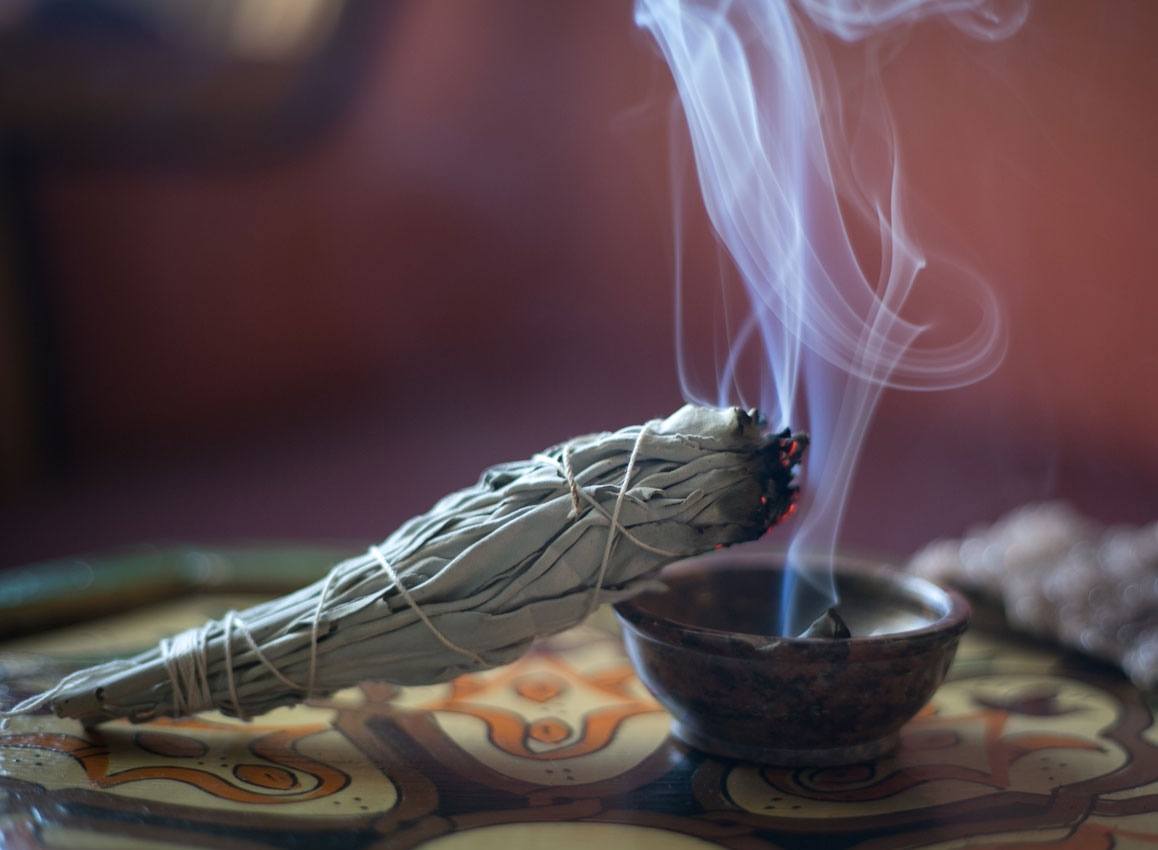
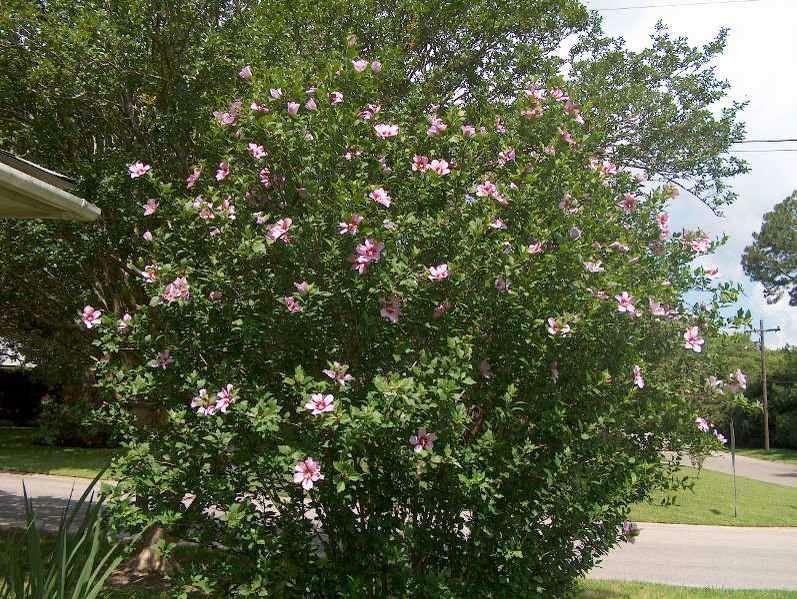

:max_bytes(150000):strip_icc()/GettyImages-1221959730-4cb74c926be64caf8115a5a1eb2922e5.jpg)

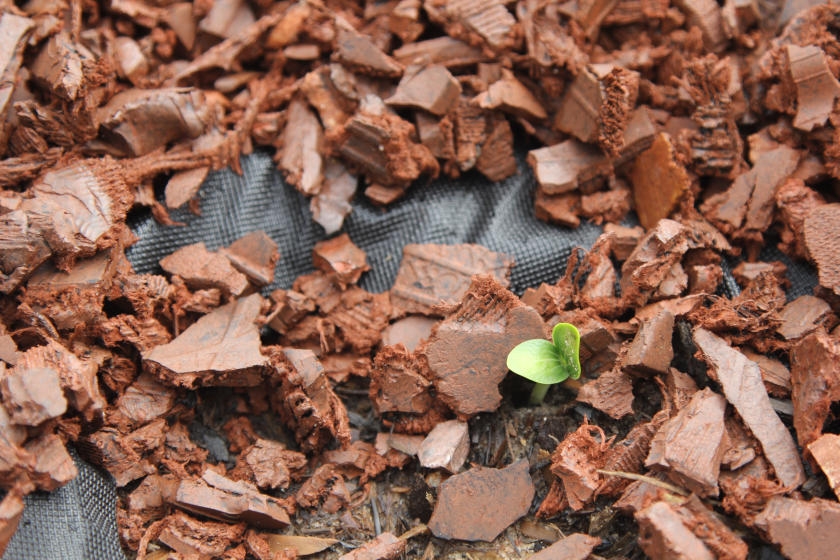
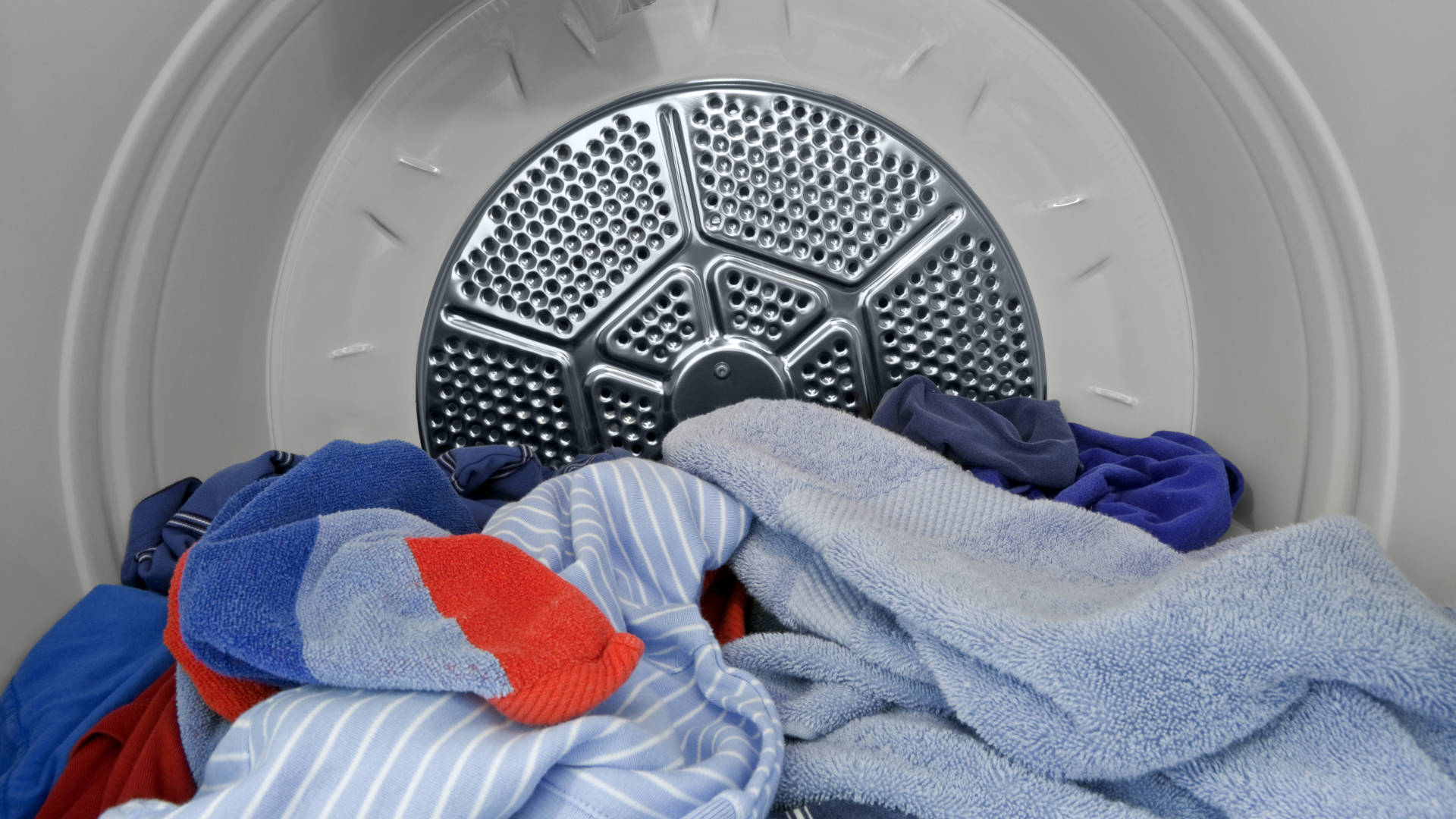

/man-in-a-kitchen-repairing-a-washing-machine-dv1449029-5a99a644875db900377b5e93.jpg)


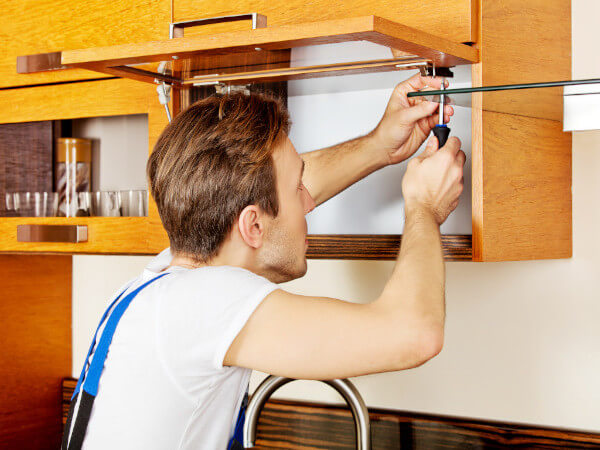

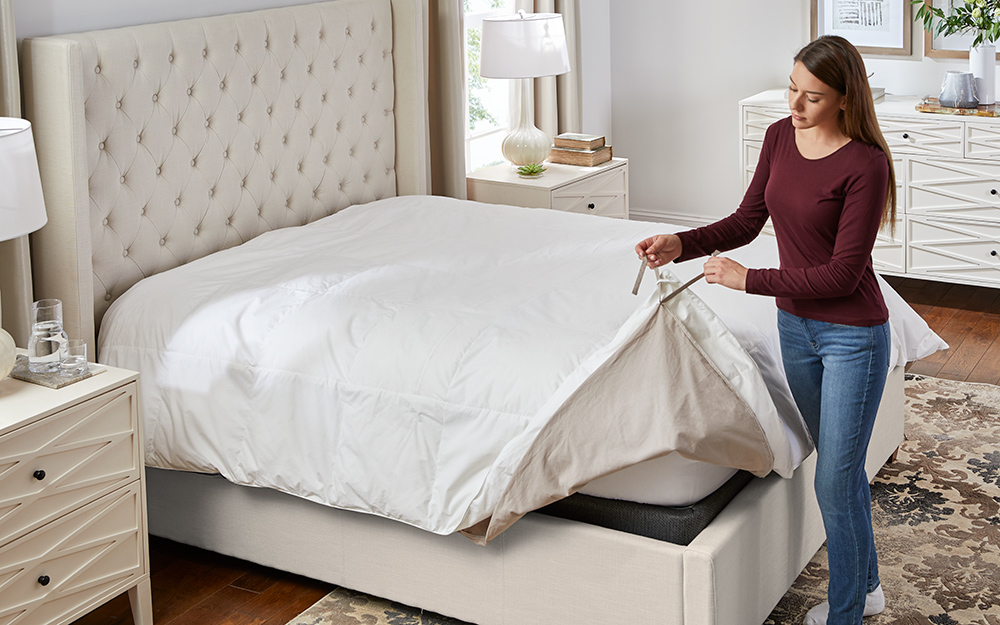


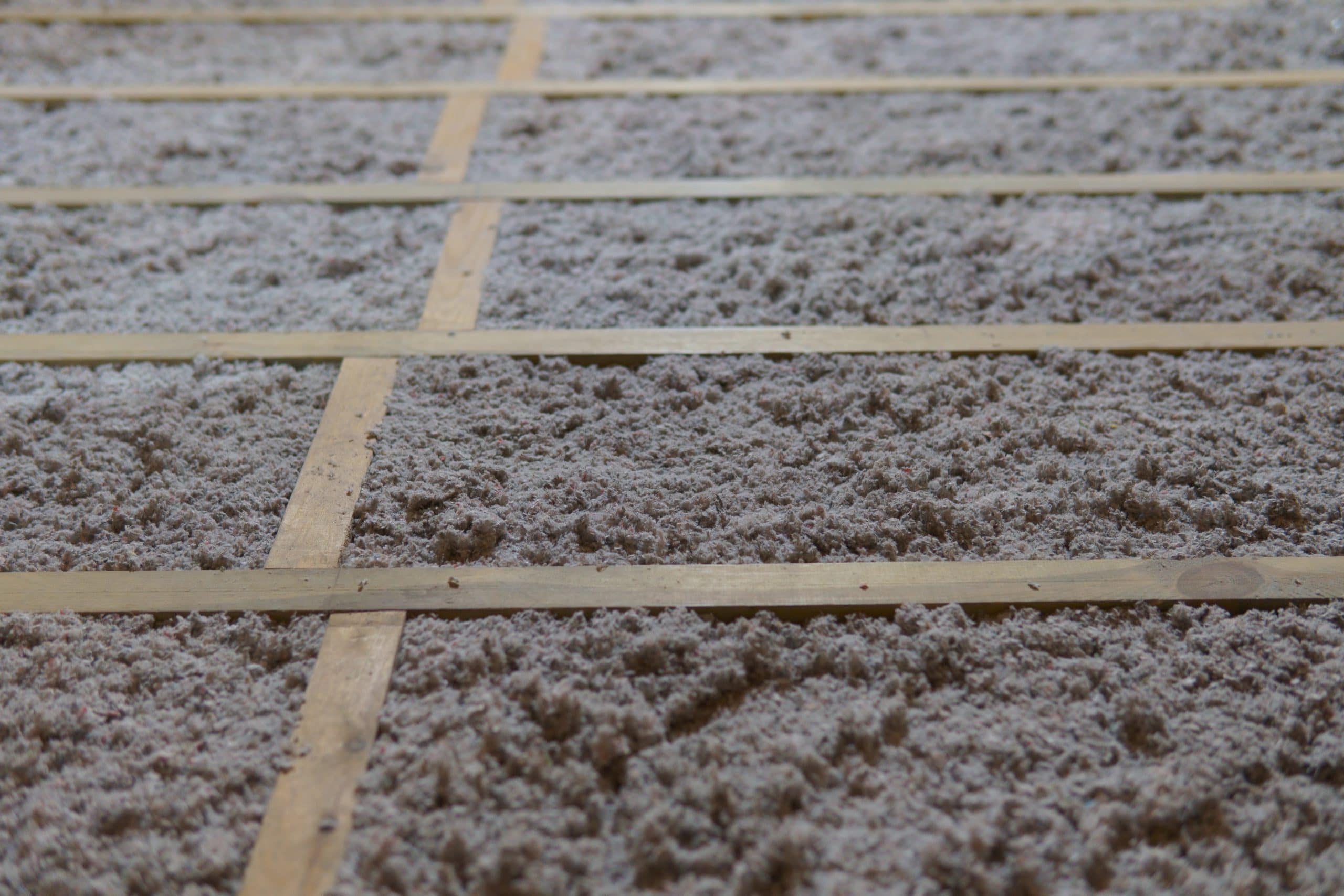
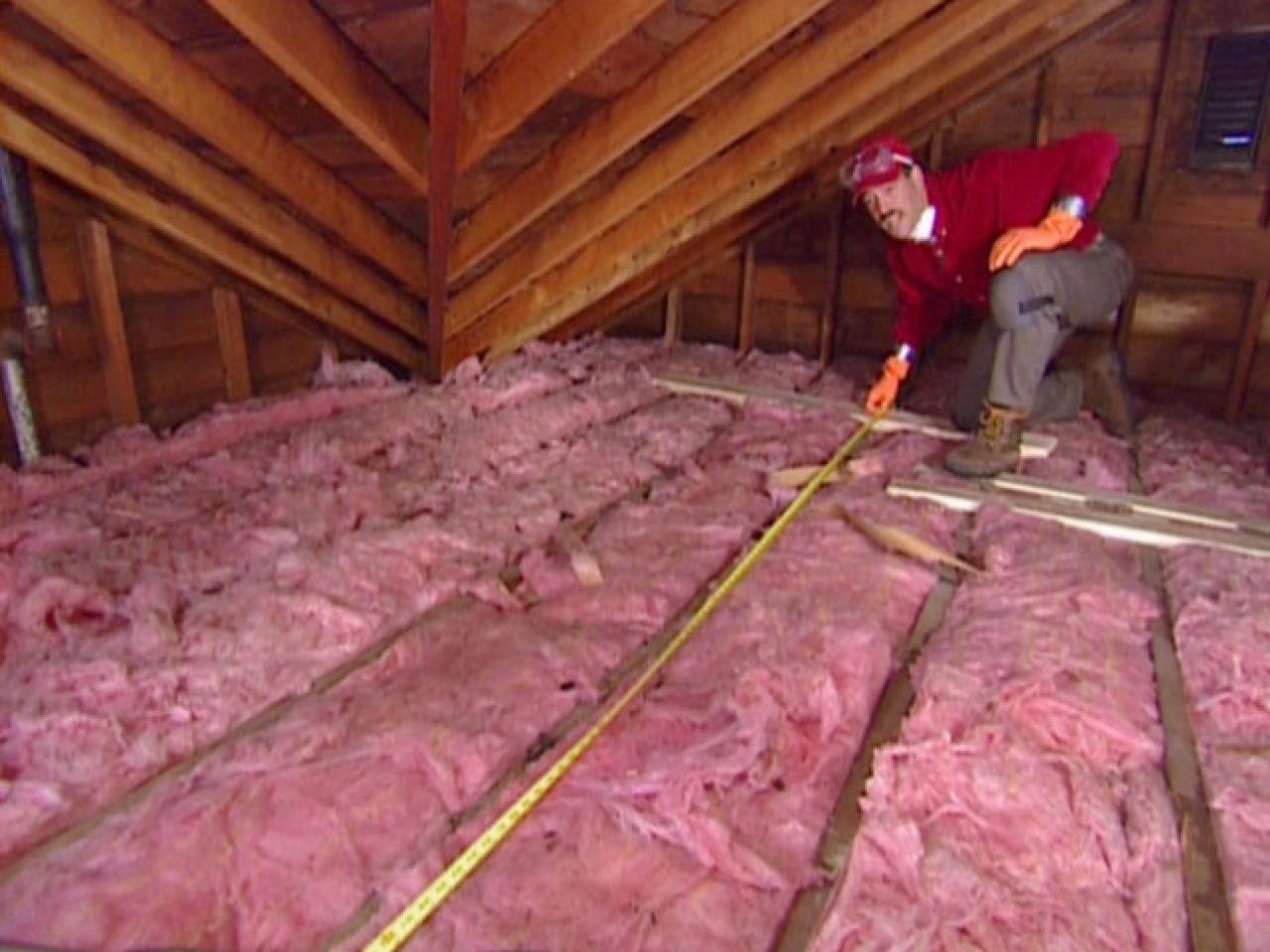


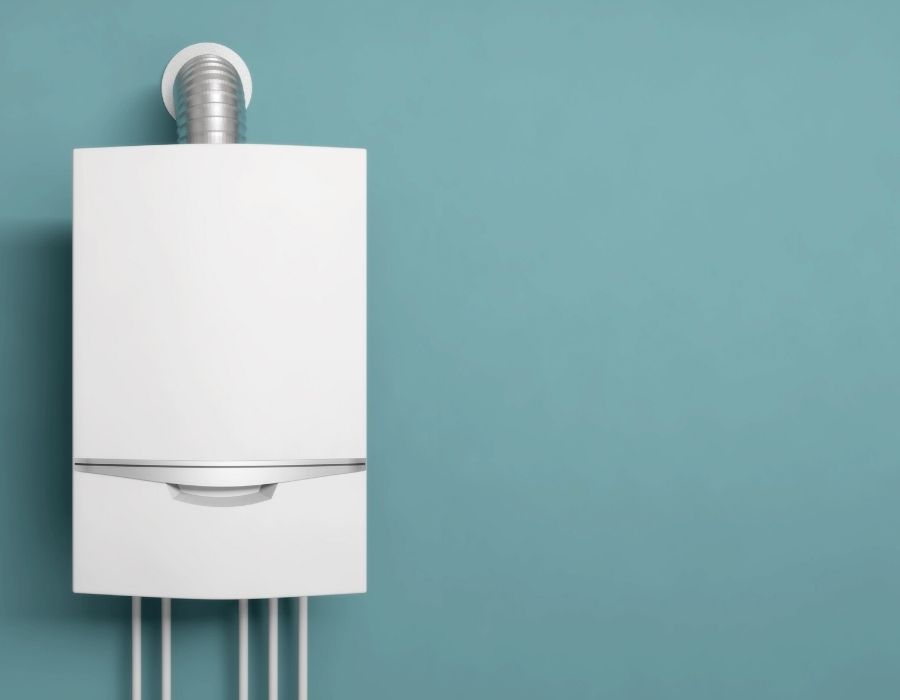
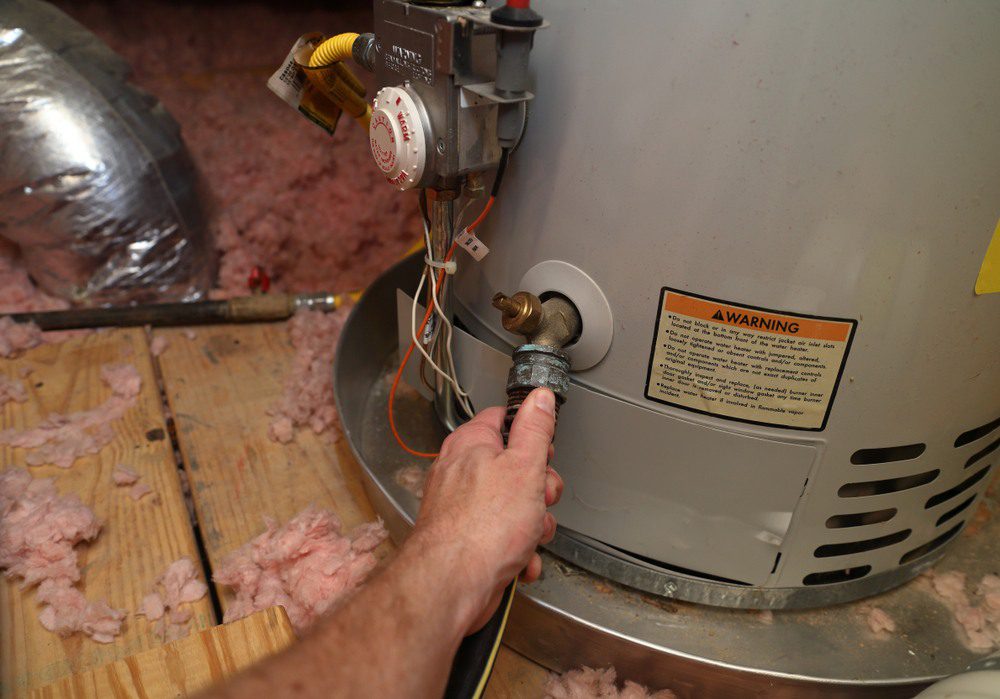
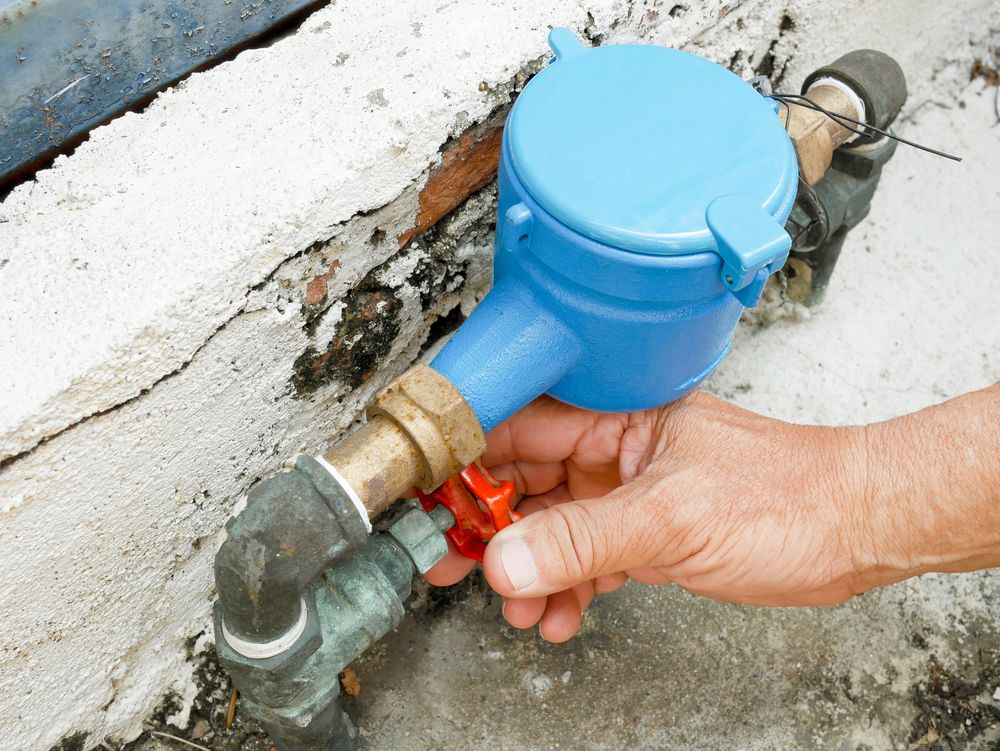


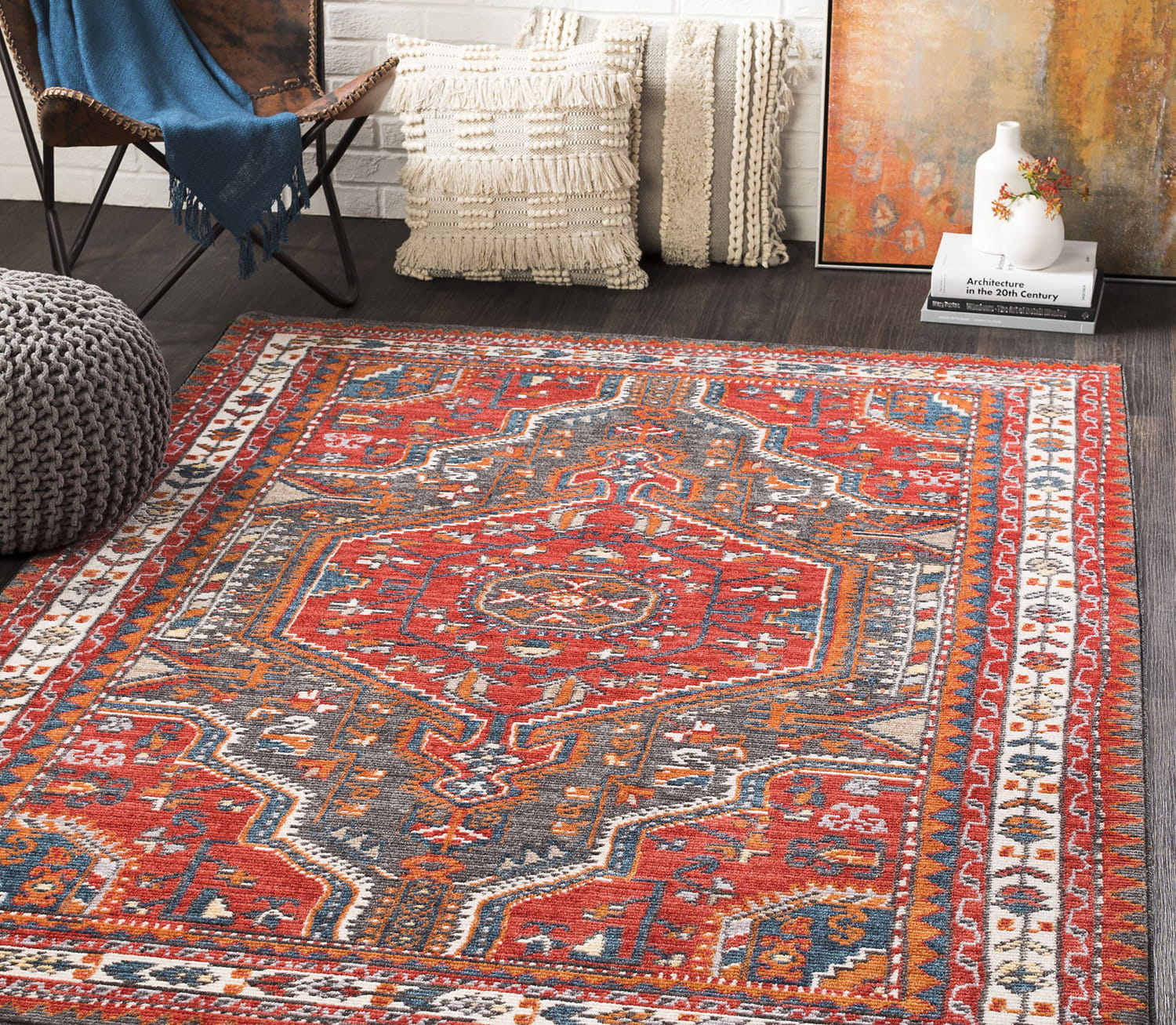
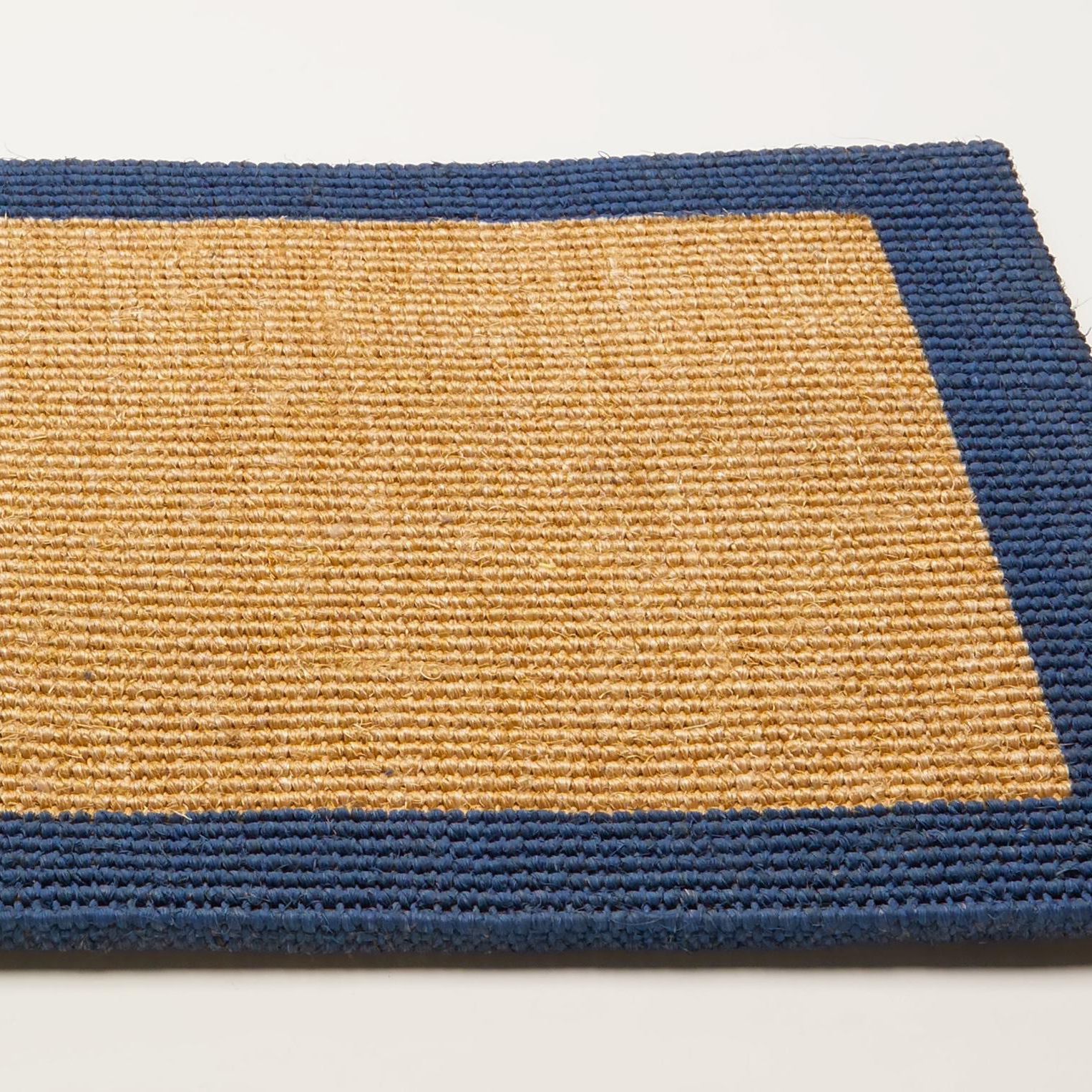

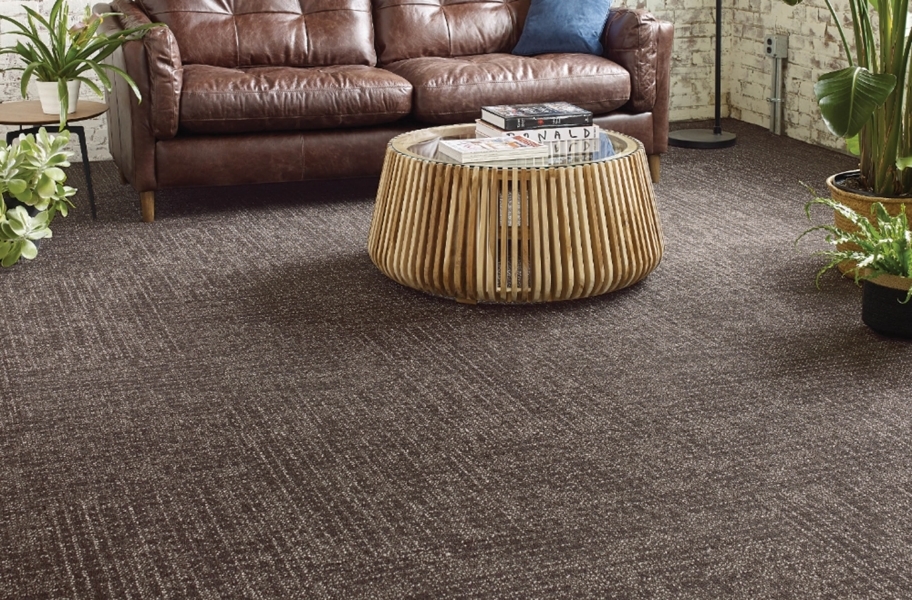


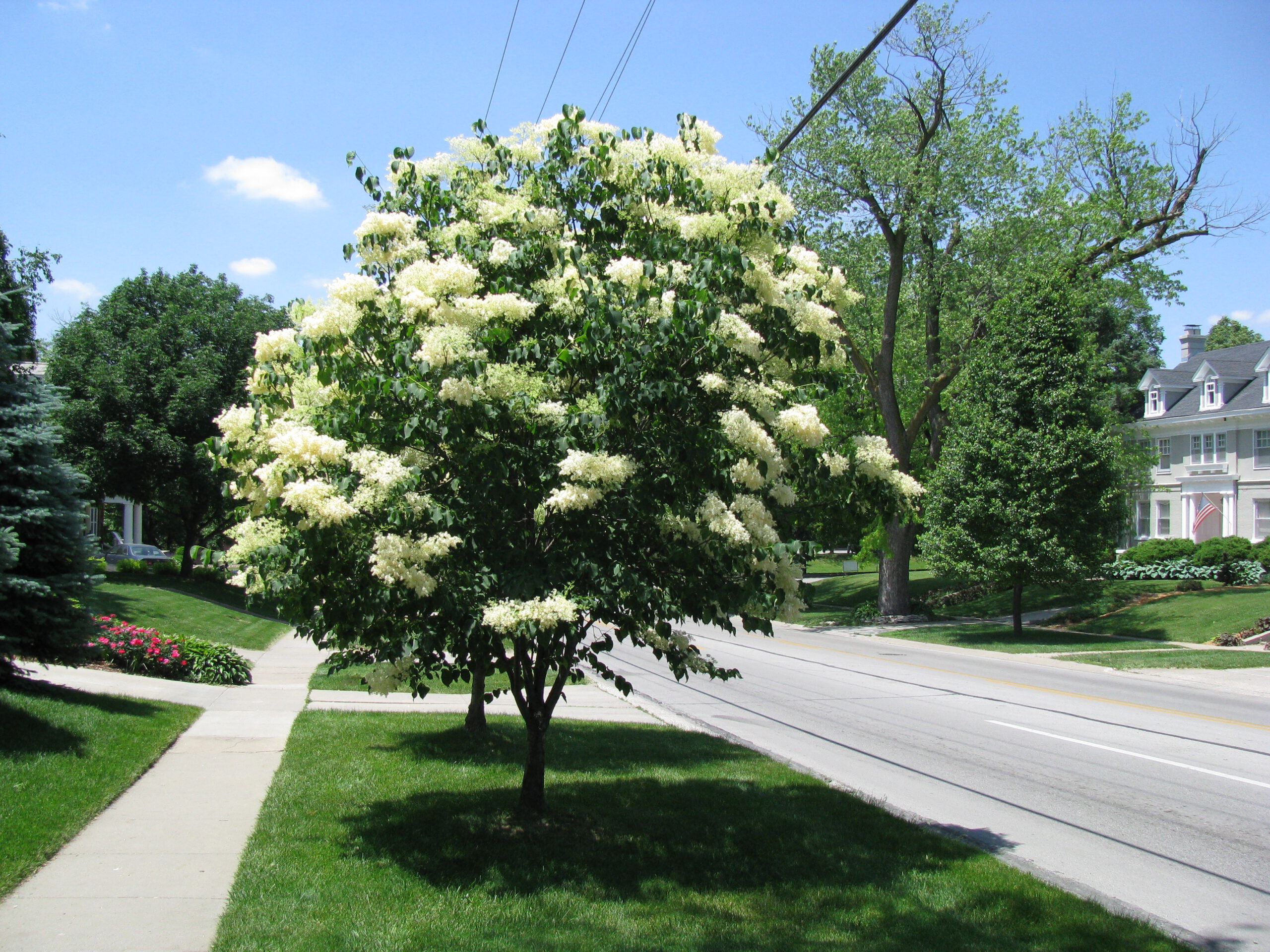
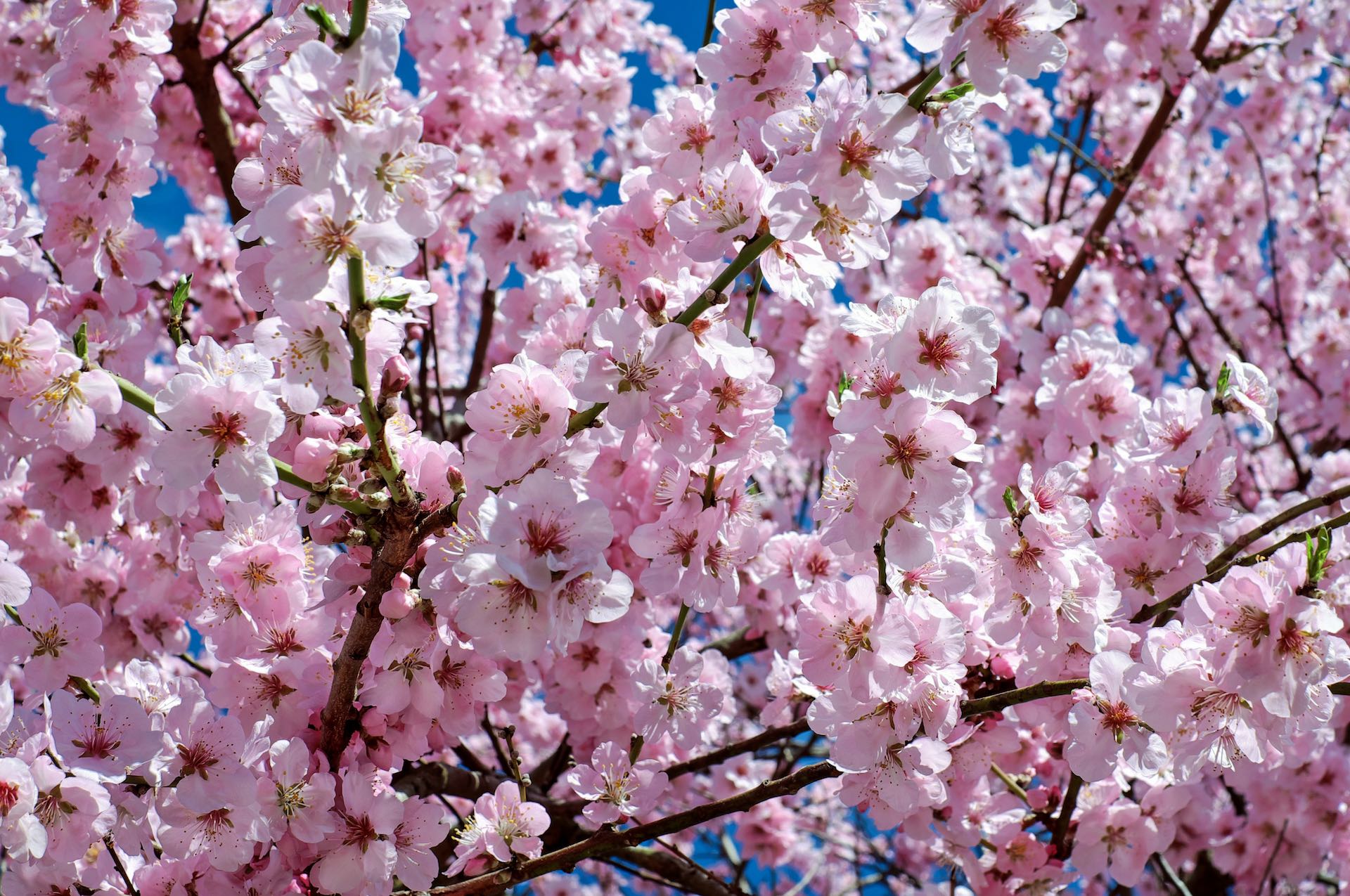
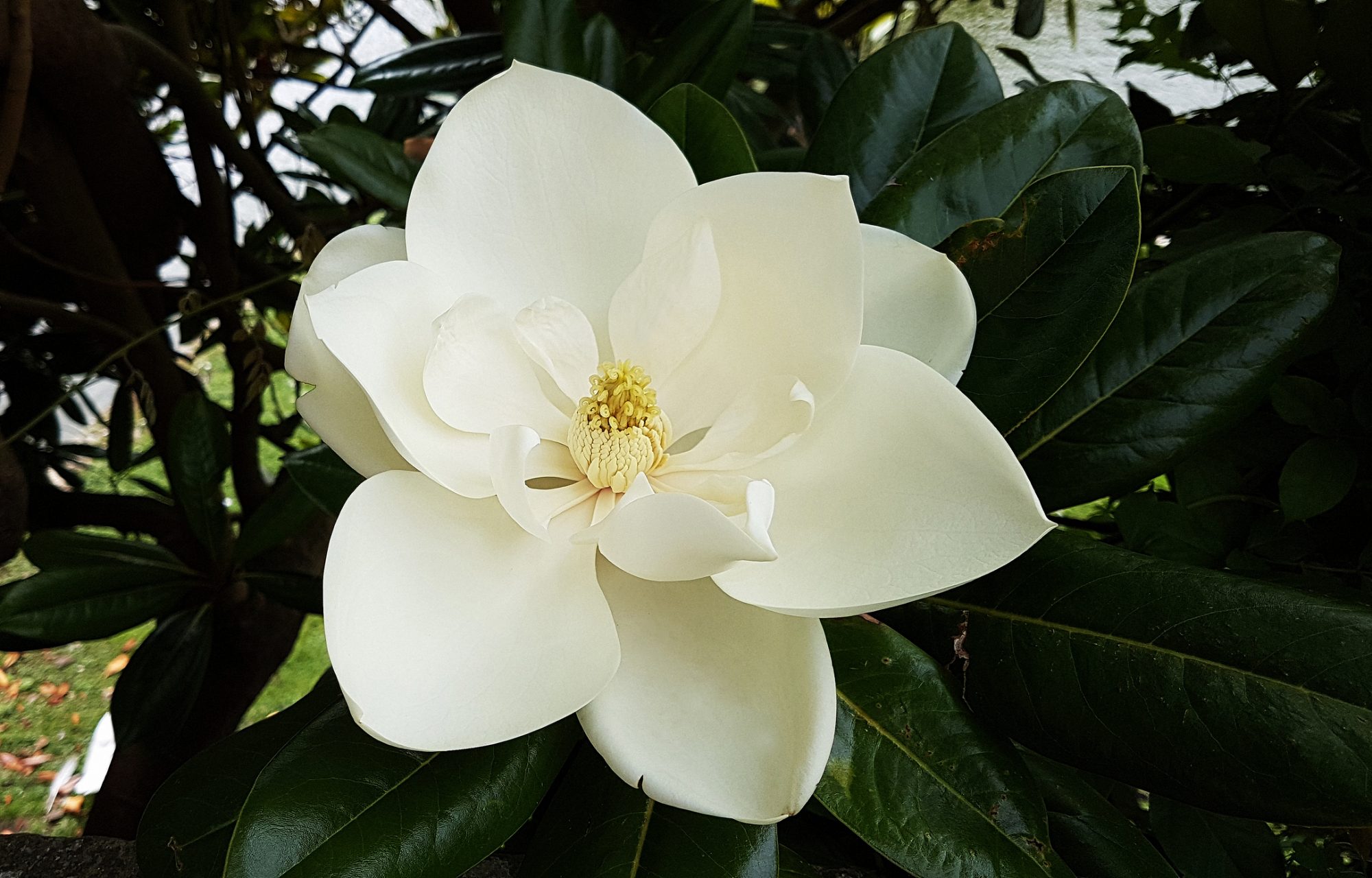
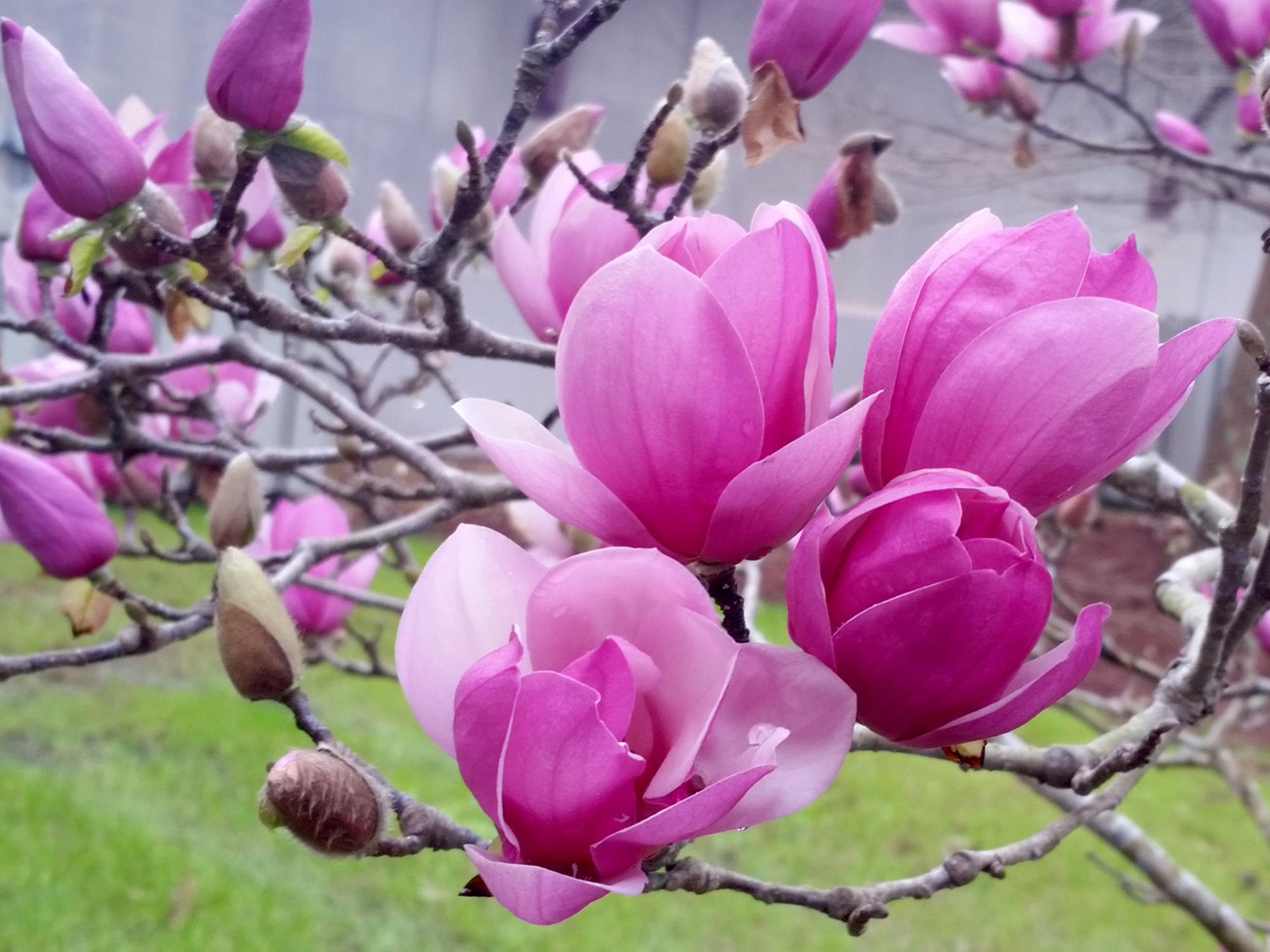
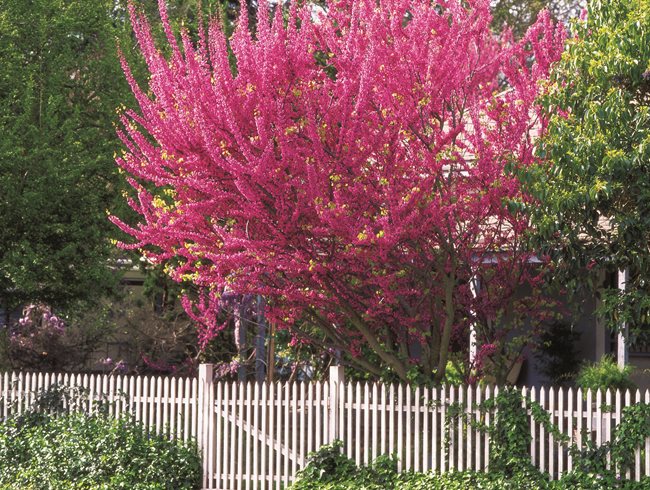
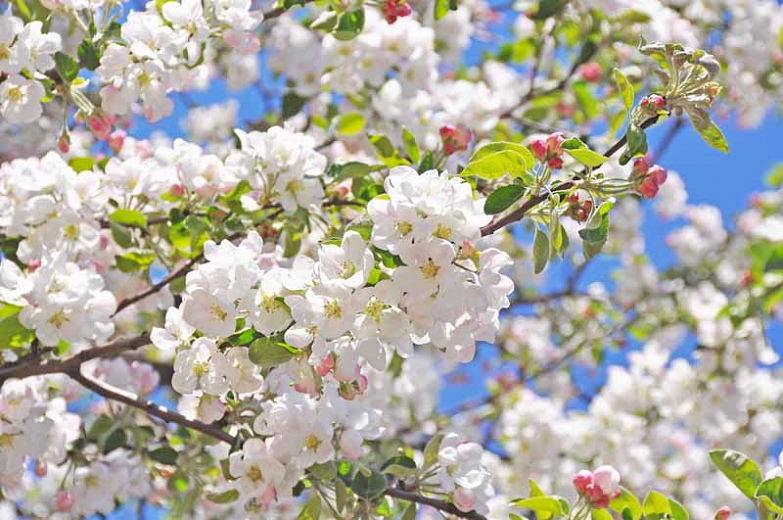


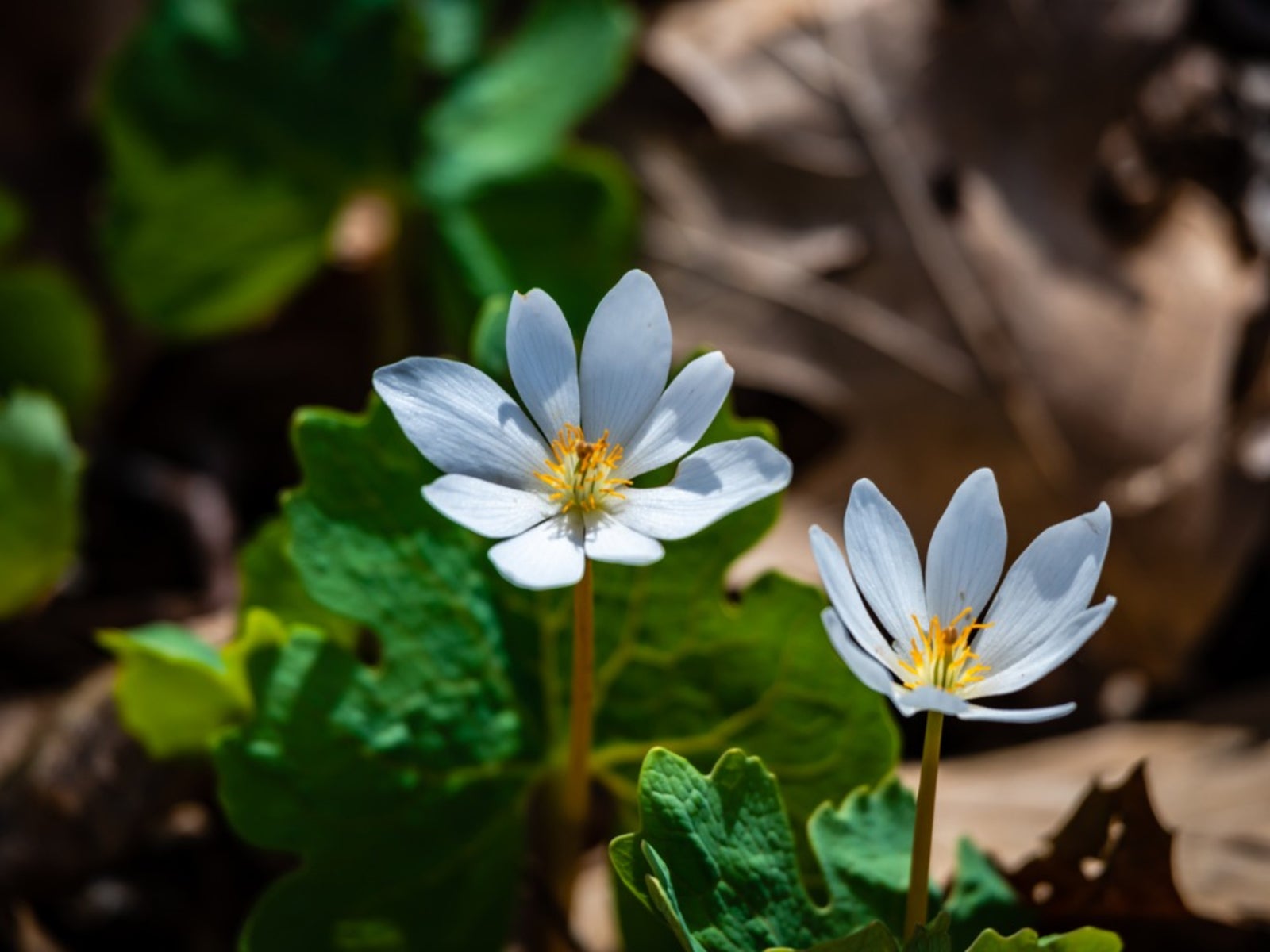
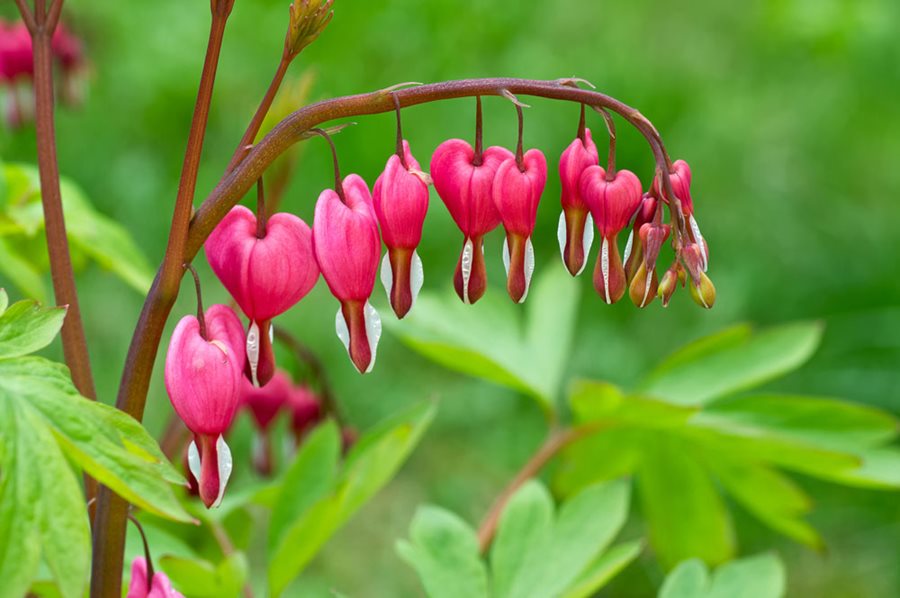

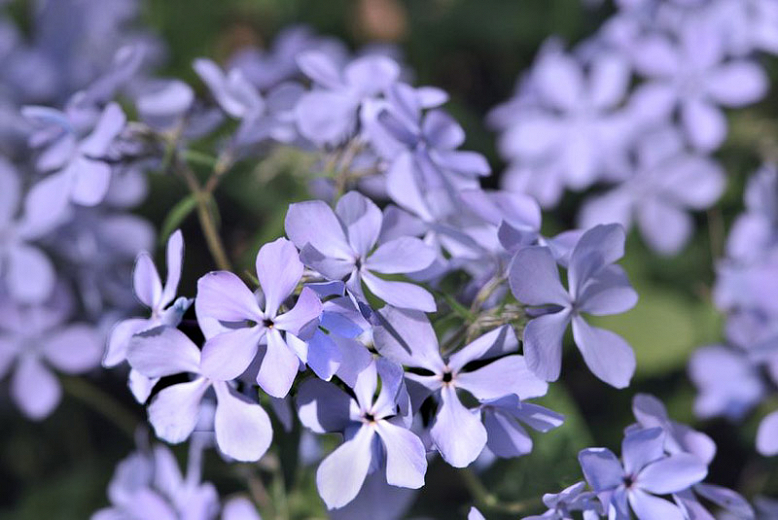

:max_bytes(150000):strip_icc()/growing-brunnera-1402835_03-b3af57c63b3d437bb7220003bd0e4abc.jpg)